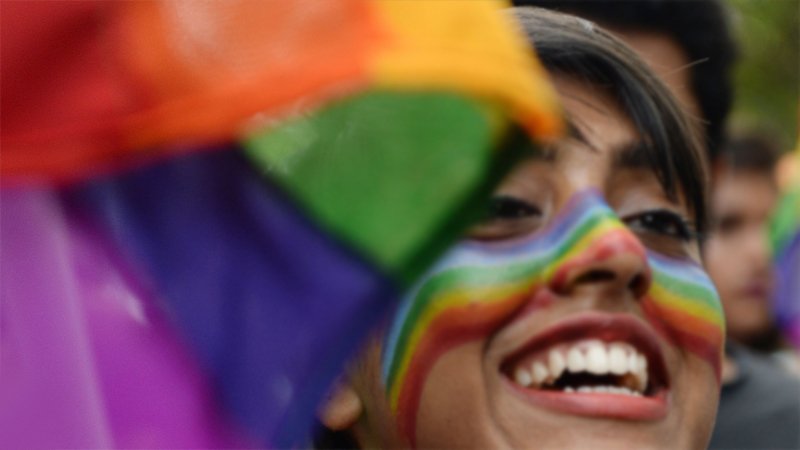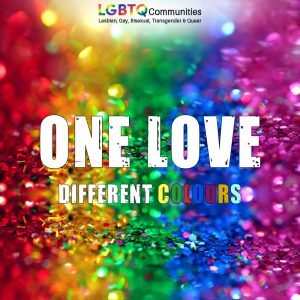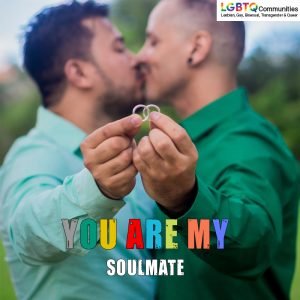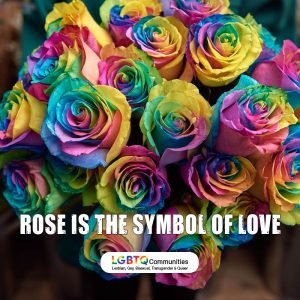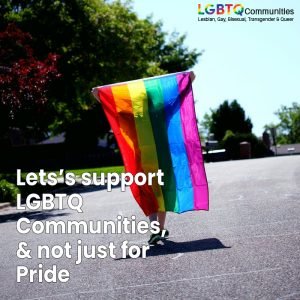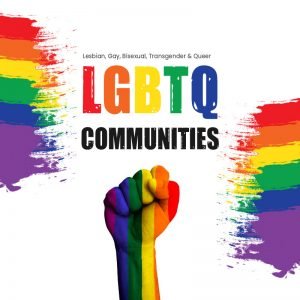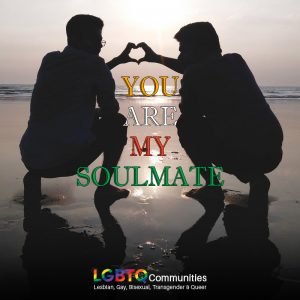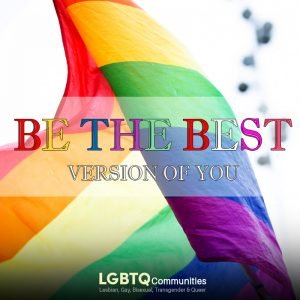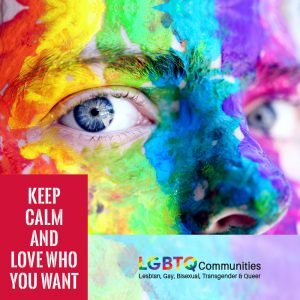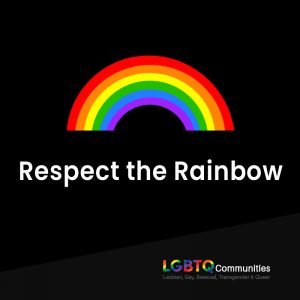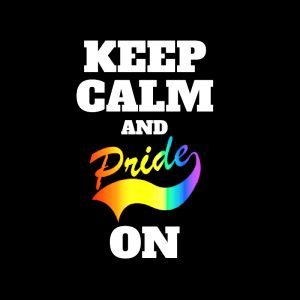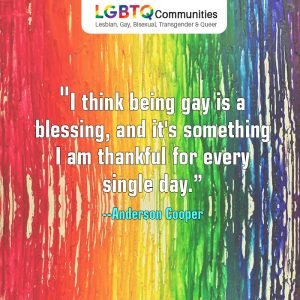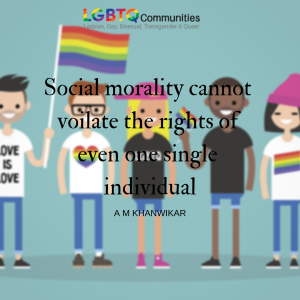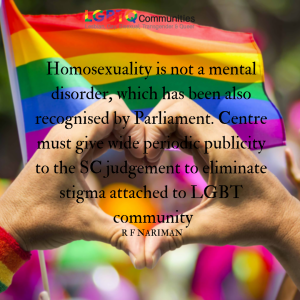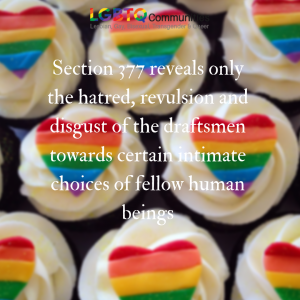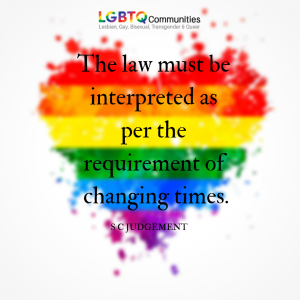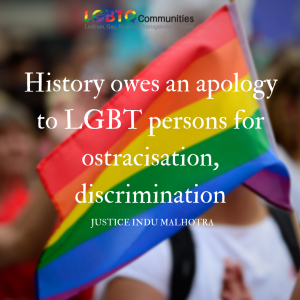Gay rights movement history
Gay rights movement history, organized efforts to end the criminalization of homosexuality and protect the civil rights of homosexuals. While there was some organized activity on behalf of the rights of homosexuals from the mid-19th through the first half of the 20th cent., the modern gay-rights movement in the United States is usually said to have begun with the Stonewall riot (June, 1969) in New York City, which resulted from a police raid on an illegal gay bar. A number of groups formed to work for the repeal of laws prohibiting consensual homosexual conduct; for legislation barring discrimination against gays in housing and employment; and for greater acceptance of homosexuals among the rest of the population. By 1999 the antisodomy laws of 32 states had been repealed or declared unconstitutional; in all but five of the remaining states, the antisodomy laws applied to both heterosexuals and homosexuals. In 2003 the U.S. Supreme Court overturned all state antisodomy laws. It ruled that a Texas law applying only to homosexuals was unconstitutional, and repudiated a 1986 decision in which it had refused to extend the right of privacy to consensual sexual acts.
Laws protecting homosexuals from discrimination also were enacted in the late 20th cent., but largely at the local level; by 1999 only 11 states had such laws. Opposition to such laws, particularly from conservative religious groups, was often strong, and opponents of gay-rights measures frequently gained their repeal. In 1992, Colorado became the first state to nullify existing civil-rights protection for homosexuals by amending its constitution, but the provision was stuck down by the U.S. Supreme Court in 1996. By means of a statewide public referendum in 1998, Maine became the first state to repeal its gay-rights statute.
In 1993 the Defense Dept., at President Clinton’s order, changed the ban on homosexuals in the military to a ban on homosexual activity; most other NATO nations already permitted openly homosexual men and women to serve in their armed forces. Known as “don’t ask, don’t tell,” the policy was presented as a way to allow gays in the military to serve without fear of discharge or other penalty as long as they did not reveal their sexual orientation, but it did not significantly change the precarious status of gay soldiers. Beginning in 1995, homosexuals were no longer automatically denied U.S. government security clearances.
Spousal benefits, such as health insurance and pension plans for long-term domestic partners, and the legal recognition of same-sex couples ( gay marriage ) became important gay-rights issues in the 1990s. Beginning in the mid-1990s, many states reacted by explicitly banning same-sex marriages; at one point, more than four fifths of the states had done so. At the national level the Defense of Marriage Act (1996) restricted the federal definition of marriage to heterosexual couples and denied certain benefits, such as filing joint tax returns, to legally married same-sex couples, and some conservatives called for a federal constitutional amendment to ban same-sex marriages.
In 1999 Vermont’s supreme court declared that the state must grant homosexual couples the same rights and protections that married heterosexuals have, and the state legislature backed (2000) civil unions for same-sex couples that offered many benefits similar to those of heterosexual marriage. (Legislation permitting gay marriage was enacted in 2009.) In 2003, Massachusetts’ highest court ruled that homosexual couples have the constitutional right to marry, and the state began issuing licenses for same-sex marriages in May, 2004. At the same time, however, voters in 11 states approved (Nov., 2004) state constitutional amendments restricting marriage to a man and a woman and in some cases also banning same-sex civil unions. More than half the states ultimately adopted such amendments. Some religions and churches also struggled with the issues of gay marriage and of the ordination of gay clergy.
After New Jersey’s supreme court ruled in 2006 that the state must extend equal rights to same-sex couples, the state enacted civil-union legislation, but a 2013 state court ruling led to the recognition of same-sex marriage. The supreme courts in California and Connecticut overturned those states’ bans on same-sex marriage in 2008, as did the court in Iowa in 2009. Voters in California passed (2008) a constitutional amendment banning it, but the amendment was later successfully challenged in the courts. By 2013, same-sex marriage had been legalized in more than a third of the states and the District of Columbia. A number of other states recognized same-sex civil unions or domestic partnerships, which offered fewer rights than civil unions.
At the federal level, the military’s “don’t ask, don’t tell” the policy was repealed in 2010, and in 2012 President Obama became the first sitting U.S. president to support same-sex marriage. The Defense of Marriage Act, which had been challenged in the courts, was struck down by the Supreme Court in 2013. A number of state laws and constitutional amendments that ban same-sex marriage were successfully challenged in the federal courts during the same time period, and in 2014 the Supreme Court refused to review those lower court rulings. Subsequently, however, an appeals court upheld bans on gay marriage in Kentucky, Michigan, Ohio, and Tennessee, and in 2015 the Supreme Court narrowly ruled that same-sex couples had the right to marry.
Worldwide, laws relating to homosexuality vary widely; some nations (Canada, many European nations, South Africa, New Zealand, Australia, and a number of Latin American nations) offer some form of official recognition to homosexual couples. Many non-Western countries consider consensual homosexual acts crimes (in some Islamic nations, capital crimes). In 2011 the UN Human Rights Council for the first time adopted a resolution criticizing discrimination and violence against individuals because of their sexual orientation or gender identity.
See D. Clendinen and A. Nagourney, Out for Good: The Struggle to Build a Gay Rights Movement in America (1999); C. Bram, Eminent Outlaws: The Gay Writers Who Changed America (2012); L. Hirshman, Victory: The Triumphant Gay Revolution (2012); M. J. Klarman, From the Closet to the Altar: Courts, Backlash, and the Struggle for Same-Sex Marriage (2012); J. Pierceson, Same-Sex Marriage in the United States: The Road to the Supreme Court (2013); J. Becker, Forcing the Spring: Inside the Fight for Marriage Equality (2014); D. Boies and T. B, Olson, Redeeming the Dream: The Case for Marriage Equality (2014); W. Frank, Law and the Gay Rights Story (2014); L. Faderman, The Gay Revolution: The Story of the Struggle (2015).

